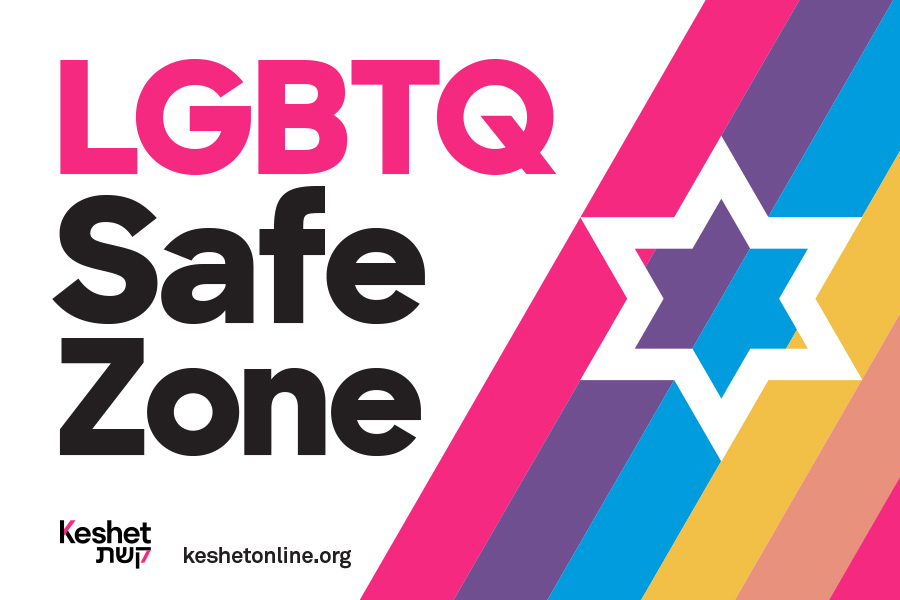Reading, Writing, and Torah
09/30/2022 01:20:22 PM
Shabbat Shalom! This week’s Torah portion is Parashat Vayeilech, in which Moses and Joshua make their final preparations for the succession of leadership after Moses’s death. There are several mentions in this parasha to “haTorah” - the teaching of Moses. We almost never translate Torah. We tend to think of it as a proper noun and a tangible thing - the Torah scroll. Occasionally rabbis or Jewish educators use it as an adjective to apply to the general concept of holy learning as well - the Torah of Such and Such. Even when we explain the acronym of the whole Hebrew Bible, TaNaKh stands for Torah, Nevi’im or Prophets, and Ketuvim or writings. We don’t translate Torah. But in this parasha, when Moses or HaShem are referencing “HaTorah” they aren’t talking about our scroll as we know it now. They may be referencing something more similar to the general concept of holy learning, in this case the Torah of Moses, but really it’s something in between.
In the beginning of the parasha, Moses is commanded to write down HaTorah, the Teaching that the people must remember when they enter the Holy Land, and also to gather the people to hear the teaching read aloud. The verb for gather in this instance, used only one other time in the whole sefer Torah around the first ever recitation of the Shema, is Hak’hel. Hak’hel shares the same root as kehilla, the community, and though it appears as an imperative verb, some modern Biblical commentators also understand the term as a gerund - the gathering of the people, specifically for the purpose of the public reading of the Torah. Though again, the Torah as we know it now did not fully exist in Moses’s time (that would be too meta), it may well be that this parasha is the first example of the public Torah reading that then became a weekly ritual in the Second Temple period through today.
Rabbi Jonathan Sacks, the late Chief Rabbi of the United Kingdom, suggested that the commandments for Moses to write and then recite the Teaching that God is giving him now, especially the poem or song that we will read in next week’s parasha, is a command for all of us to participate in the acts of both writing and reading a Sefer Torah. “Note the beautiful complementarity of the two commands,” Sacks says. “Hakhel, the national assembly, is directed at the people as a totality. Writing a Sefer Torah is directed at individuals. This is the essence of covenantal politics. We have individual responsibility and we have collective responsibility. In Hillel’s words, ‘If I am not for myself, who will be, but if I am only for myself, what am I?’ A covenantal society is made by each accepting responsibility for all, by individuals committing themselves to the common good. Hence the Sefer Torah – our written constitution as the People of Israel – must be renewed in the life of the individual.”
In our machzorim, the special prayer books we break out only for High Holy Day services, among the additional readings or the alternative choices for scriptural readings, the passages from Ezra and Nehemia detailing the first official public Torah reading can be found. The reading takes place on Rosh HaShana as the people weep. Ezra and Nehemia tell the people not to weep, as this is a happy occasion, but I can imagine that it was also very bittersweet, both for the returnees from Babylon and for those who had grown up in a sort of Israelite/Samaritan gray zone and weren’t sure they’d ever see their priests and scribes return to read and explain holy scripture for them. Remember, by this time the lingua franca was Aramaic and most of the Jews left behind during the exile were those who were too uneducated to have also learned lashon hakodesh, the holy language of Hebrew. The Reform movement’s more recent prayer book, Mishkan HaNefesh, has in it a poem that resonates with this concept:
Once there was a traveler who sailed to faraway countries.
Many years passed, and at last the traveler thought of coming back.
For a moment she felt shame:
she had been away so long;
so much time had passed since she last saw home.
Then she said to herself: I must not be ashamed to come back.
After all, it is to my own ancestral property that I return.
So it is with us:
no matter how far we have wandered from the Torah,
it remains our own possession.
For scripture says: "Moses charged us with this Teaching [torah]
as the heritage of the congregation of Jacob."
Each of us has our own portion of the Torah; it belongs to us.
And when we take up the study of Torah,
we are coming home.
Here we are on Shabbat Shuva, amidst the weeks when many Jews will hear more Torah than they will throughout the rest of the year put together. But every time we return to this season, to our synagogues, to our spiritual centers, we are returning home and reclaiming something that already belonged to each of us. While many may never themselves read out of the Torah, and many more will never have an opportunity to write in a Torah, we are all still a part of this chain. Contributing to the care of the sifrei Torah, the acquisition of new ones, the rescue of old ones in locations where war or natural disaster threaten their safety, and even just hearing the words read and explained, unites us as Jews and connects us with the 2500 years of our ancestors reading these words from nearly identical scrolls.
This Shabbat Shuva, may we join the chain, pass the Torah onward, and embrace this Kehilla Kedosha we are blessed with.


